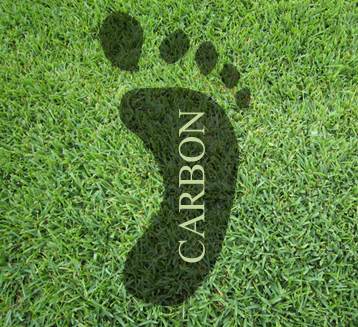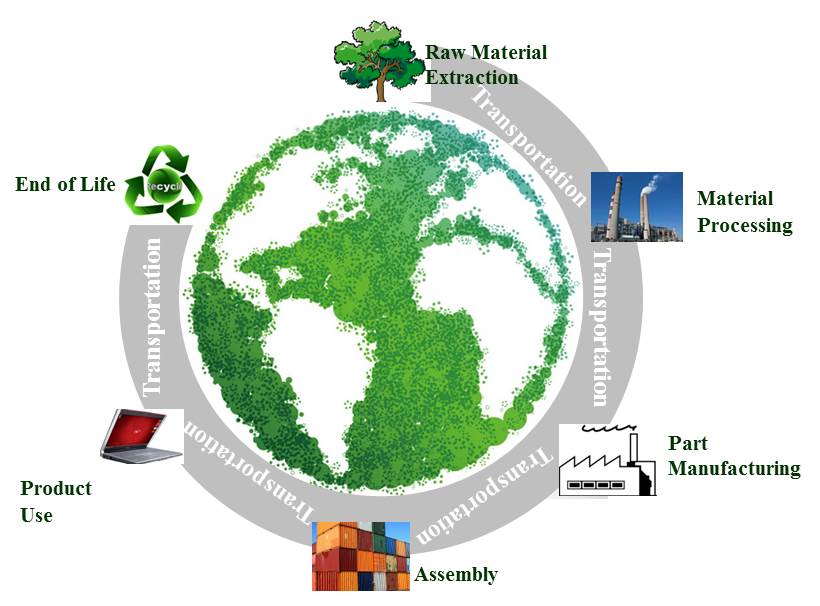Climate Change and Greenhouse Effect

Human activities are releasing greenhouse gases (GHGs) into the atmosphere. GHG is the gaseous constituent of the atmosphere, both natural and anthropogenic, that absorbs and emits radiation at specific wavelengths within the spectrum of infrared radiation. The main GHGs are carbon dioxide, methane, nitrous oxide, ozone and artificial chemicals called halocarbons (CFCs, HFCs, PFCs) and other long-lived gases such as sulfur hexafluoride (SF6). These GHGs block the infrared radiation from escaping the earth surface and, hence, rising the surface temperature of the earth. This is known as the greenhouse effect.
Life Cycle Assessment

Life cycle assessment (LCA), also known as cradle-to-grave analysis is a technique to measure the environmental impacts of a product over its whole life cycle. LCA provides accurate, complete estimation result of the embodied energy (carbon) of a typical building product. The full life cycle of a product refers to the process from raw material acquisition (“cradle”) to the final disposal (“grave”). For a construction activity, the full life cycle includes raw material extraction, construction materials manufacturing, transport, on-site construction, operation and maintenance of the building, demolition, and ends at disposal and recycling.